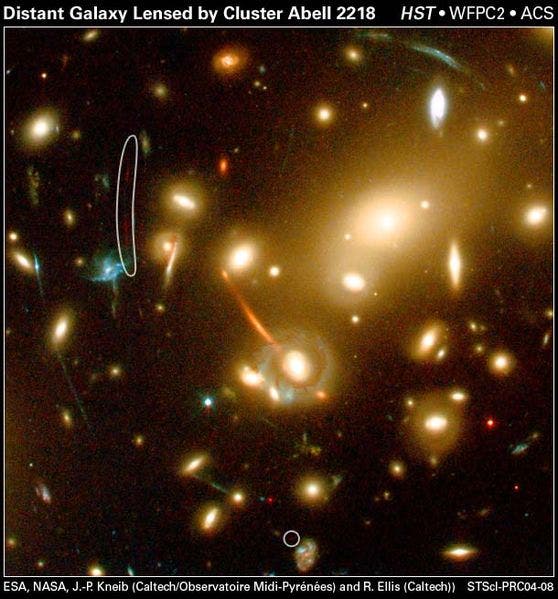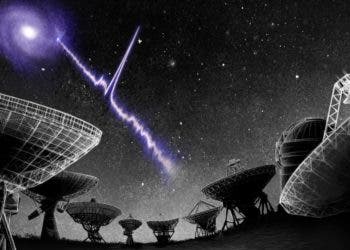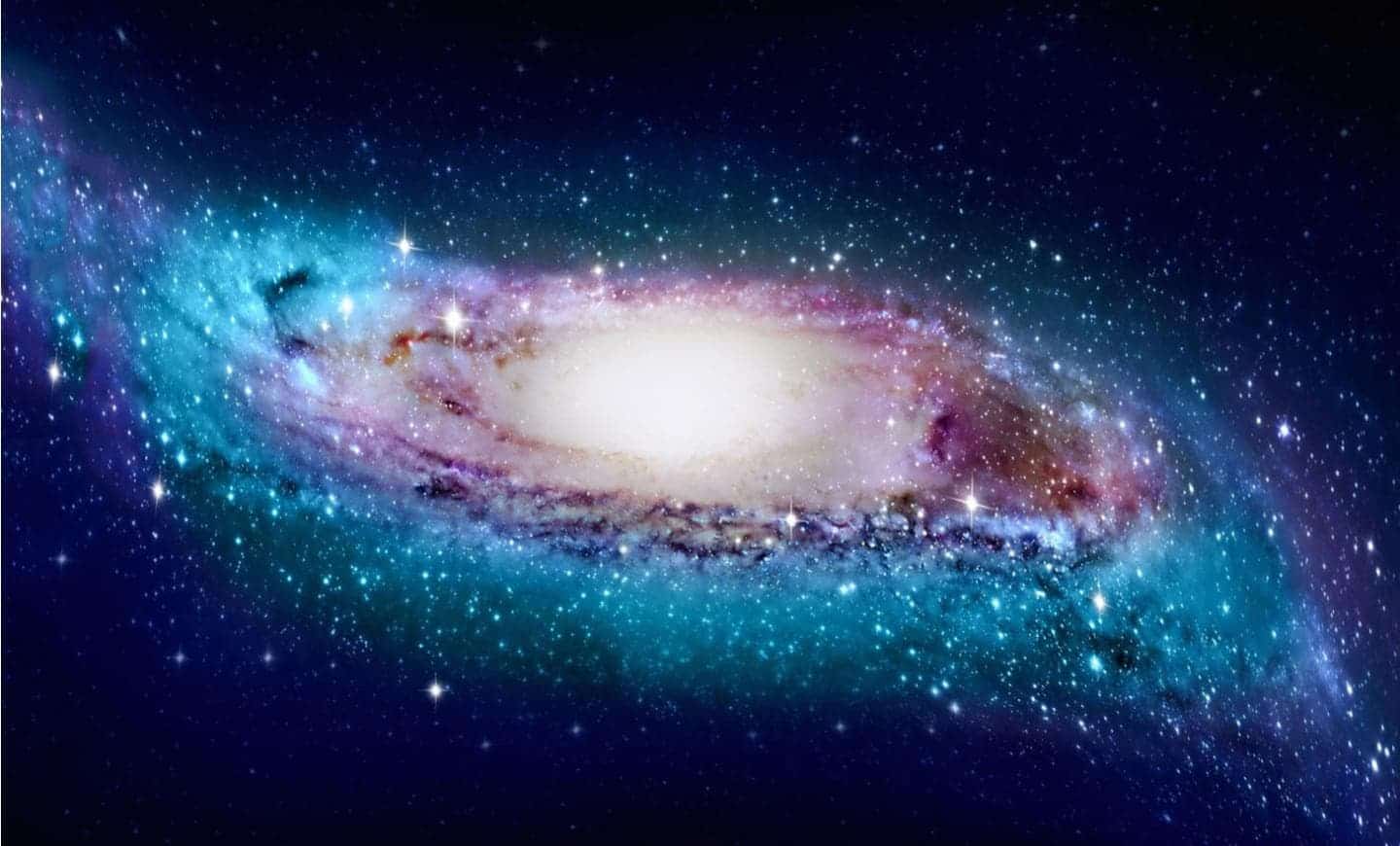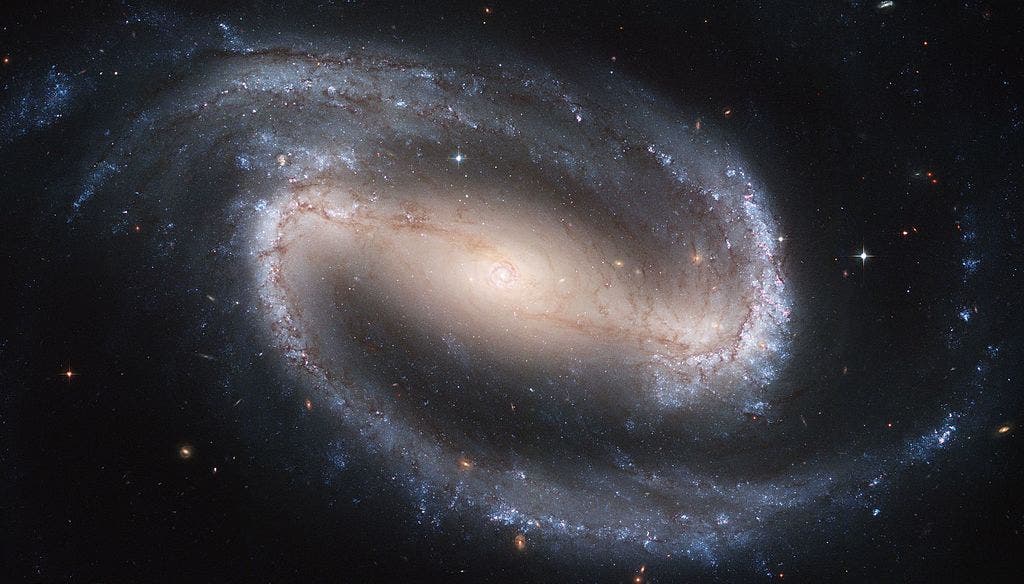Australian researchers have studied the oldest spiral galaxy to date using a combination of conventional man-made telescopes and natural telescopes. The latter telescopes are made of clusters comprising thousands of galaxies and dark matter, which allow scientists to peer through the cosmos and study far-away objects with unprecedented resolution.
“We are able to look 11 billion years back in time and directly witness the formation of the first, primitive spiral arms of a galaxy,” said Dr Tiantian Yuan, an astronomer at Swinburne University of Technology.
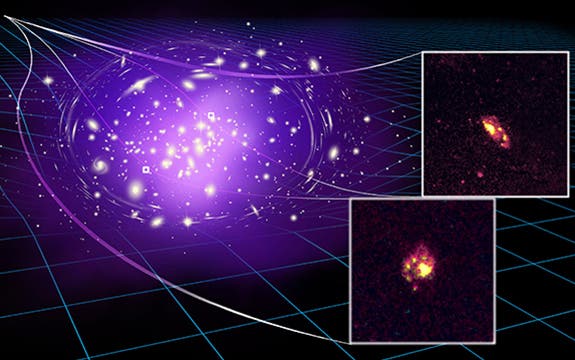
Yuan worked with colleagues under the All Sky Astrophysics in 3D, a $40m project funded over the next 7 years by a grant from the Australian Research Council (ARC) and supported by six collaborating Australian universities.
The galaxy in question, considered the most ancient spiral galaxy yet, is called A1689B11. It was imaged with the Near-infrared Integral Field Spectrograph of the Gemini North telescope in Hawaii, in conjunction with one of the cleverest astronomical techniques there is, a little trick called gravitational lensing.
Famed physicist Albert Einstein predicted, as a result of his Theory of General Relativity, that whenever light from a distant star passes by a closer object, gravity acts like a magnifying lens bending the distant starlight but also brightening it. This effect has been documented extensively around very massive structures such as galaxies.
Captioned below is the great galaxy cluster Abell Cluster 2218. Notice the giant, stretched arcs? Those are actually background galaxies that get distorted and magnified by the giant cluster which bends the light. That’s analogous to how normal lenses such as the ones in a magnifying glass or a pair of spectacles work, by bending light rays that pass through them through refraction in order to focus the light somewhere (such as in your eye). Astronomers often use gravitational lensing as a natural telescope, to great effect.
Yuan says that if it weren’t for gravitational lensing, they would have never been able to study A1689B11 at this level of detail. His team learned that the ancient spiral galaxy, which has been around for almost 11 billion years, formed stars 20 times faster than the galaxies today.
A1689B11 behaves very differently from other early era galaxies. For instance, it’s characterized by a very cool and thin disc, which rotates relatively calmly with little turbulence. According to Yuan, astronomers have never seen another galaxy from this early period of the universe with such characteristics. Ultimately, A1689B11 may help scientists learn more about how spiral galaxies evolve, the Milky Way included.
Findings will appear in The Astrophysical Journal. A preprint version is available at arXiv:1710.11130.
